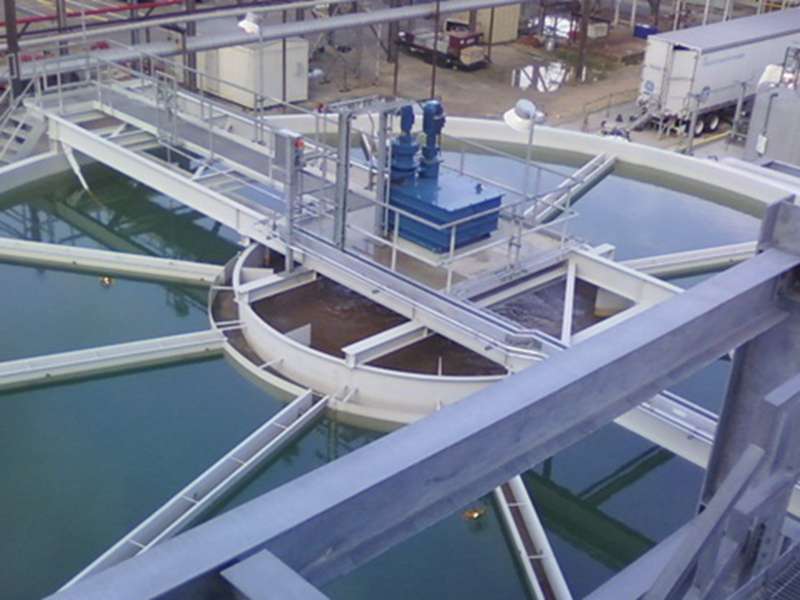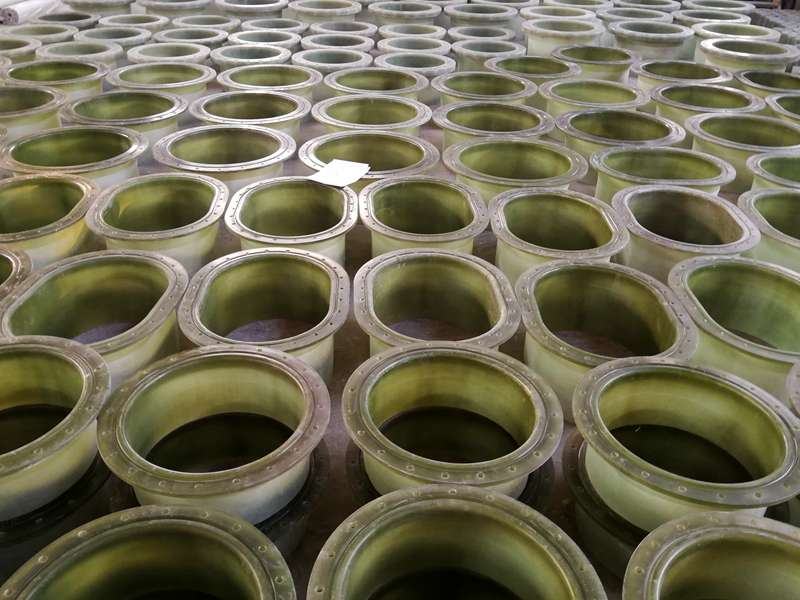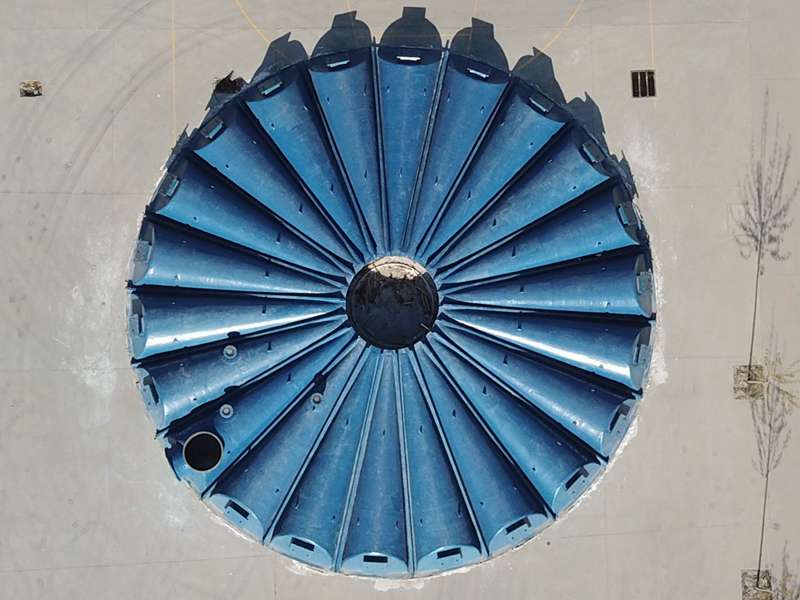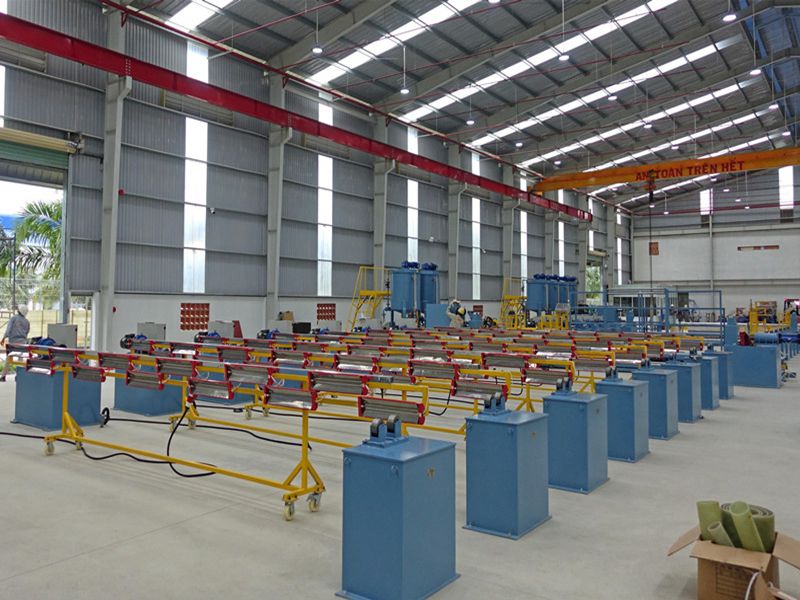
-
 Afrikaans
Afrikaans -
 Albanian
Albanian -
 Amharic
Amharic -
 Arabic
Arabic -
 Armenian
Armenian -
 Azerbaijani
Azerbaijani -
 Basque
Basque -
 Belarusian
Belarusian -
 Bengali
Bengali -
 Bosnian
Bosnian -
 Bulgarian
Bulgarian -
 Catalan
Catalan -
 Cebuano
Cebuano -
 China
China -
 China (Taiwan)
China (Taiwan) -
 Corsican
Corsican -
 Croatian
Croatian -
 Czech
Czech -
 Danish
Danish -
 Dutch
Dutch -
 English
English -
 Esperanto
Esperanto -
 Estonian
Estonian -
 Finnish
Finnish -
 French
French -
 Frisian
Frisian -
 Galician
Galician -
 Georgian
Georgian -
 German
German -
 Greek
Greek -
 Gujarati
Gujarati -
 Haitian Creole
Haitian Creole -
 hausa
hausa -
 hawaiian
hawaiian -
 Hebrew
Hebrew -
 Hindi
Hindi -
 Miao
Miao -
 Hungarian
Hungarian -
 Icelandic
Icelandic -
 igbo
igbo -
 Indonesian
Indonesian -
 irish
irish -
 Italian
Italian -
 Japanese
Japanese -
 Javanese
Javanese -
 Kannada
Kannada -
 kazakh
kazakh -
 Khmer
Khmer -
 Rwandese
Rwandese -
 Korean
Korean -
 Kurdish
Kurdish -
 Kyrgyz
Kyrgyz -
 Lao
Lao -
 Latin
Latin -
 Latvian
Latvian -
 Lithuanian
Lithuanian -
 Luxembourgish
Luxembourgish -
 Macedonian
Macedonian -
 Malgashi
Malgashi -
 Malay
Malay -
 Malayalam
Malayalam -
 Maltese
Maltese -
 Maori
Maori -
 Marathi
Marathi -
 Mongolian
Mongolian -
 Myanmar
Myanmar -
 Nepali
Nepali -
 Norwegian
Norwegian -
 Norwegian
Norwegian -
 Occitan
Occitan -
 Pashto
Pashto -
 Persian
Persian -
 Polish
Polish -
 Portuguese
Portuguese -
 Punjabi
Punjabi -
 Romanian
Romanian -
 Russian
Russian -
 Samoan
Samoan -
 Scottish Gaelic
Scottish Gaelic -
 Serbian
Serbian -
 Sesotho
Sesotho -
 Shona
Shona -
 Sindhi
Sindhi -
 Sinhala
Sinhala -
 Slovak
Slovak -
 Slovenian
Slovenian -
 Somali
Somali -
 Spanish
Spanish -
 Sundanese
Sundanese -
 Swahili
Swahili -
 Swedish
Swedish -
 Tagalog
Tagalog -
 Tajik
Tajik -
 Tamil
Tamil -
 Tatar
Tatar -
 Telugu
Telugu -
 Thai
Thai -
 Turkish
Turkish -
 Turkmen
Turkmen -
 Ukrainian
Ukrainian -
 Urdu
Urdu -
 Uighur
Uighur -
 Uzbek
Uzbek -
 Vietnamese
Vietnamese -
 Welsh
Welsh -
 Bantu
Bantu -
 Yiddish
Yiddish -
 Yoruba
Yoruba -
 Zulu
Zulu
Innovative Dual Lamination Solutions for Improved Durability and Performance Enhancement
Exploring GRP Dual Lamination Products for Enhanced Durability
In the ever-evolving landscape of materials engineering, the demand for durable and efficient solutions continues to grow. Among the advanced materials capturing attention, Glass Reinforced Plastic (GRP) dual lamination products stand out for their combination of strength, versatility, and resilience. These products are engineered to withstand harsh environments and demanding applications, making them a preferred choice in various industries, from construction to automotive.
Understanding GRP Dual Lamination
GRP, also known as fiberglass, is created by combining glass fibers with a resin matrix. This results in a composite material that is significantly stronger and lighter than traditional materials like steel and aluminum. The dual lamination process further enhances the properties of GRP by adding an additional layer of protection. Typically, this involves applying two layers of resin and reinforcing fibers, often using different materials or orientations to capitalize on the strengths of each layer. This meticulous crafting results in a product that not only exhibits superior mechanical properties but also enhanced resistance to environmental factors such as moisture, chemicals, and UV radiation.
Key Benefits of GRP Dual Lamination Products
1. Increased Durability One of the standout features of GRP dual lamination products is their exceptional durability. The protective layers make them highly resistant to wear and tear, allowing structures and components to maintain their integrity even in the face of extreme conditions. This is particularly advantageous in applications such as marine environments or chemical processing, where exposure to corrosive substances is a daily challenge.
grp dual lamination products for enhanced durability and
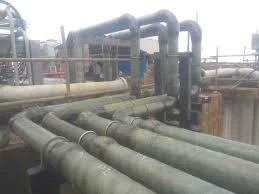
2. Weight Savings Compared to traditional materials, GRP is significantly lighter while offering comparable strength. This characteristic is especially beneficial in industries like aerospace and automotive, where weight reduction can lead to improved fuel efficiency and performance. The dual lamination process ensures that the strength-to-weight ratio is further optimized, making these products ideal for applications that prioritize both strength and reduced weight.
3. Versatile Applications The adaptability of GRP dual lamination products is another compelling advantage. They can be manufactured into a wide range of shapes and sizes, allowing for customization to meet specific requirements. This versatility makes them suitable for various applications, including roofing systems, water tanks, pipe linings, and even consumer goods.
4. Cost-Effectiveness While the initial investment in GRP dual lamination products may be higher than other materials, their longevity and minimal maintenance requirements translate to lower lifetime costs. The durability of these products reduces the need for frequent replacements and repairs, leading to significant savings for companies in the long run.
5. Environmental Resistance GRP dual lamination products exhibit excellent resistance to environmental factors, such as moisture and UV radiation. This makes them ideal for outdoor use and in regions with extreme weather conditions. Additionally, they are non-conductive, which can be a crucial factor in electrical applications.
Conclusion
GRP dual lamination products represent a remarkable advancement in materials technology, combining the strengths of fiberglass with innovative engineering techniques to create superior solutions for a wide range of industries. Their durability, light weight, versatility, and cost-effectiveness position them as a go-to option for businesses seeking reliable performance under challenging conditions. As industries continue to prioritize sustainability and efficiency, the role of advanced materials like GRP dual lamination will undoubtedly become increasingly significant. Embracing these innovations allows companies not only to enhance their product offerings but also to pave the way for a more resilient future.



